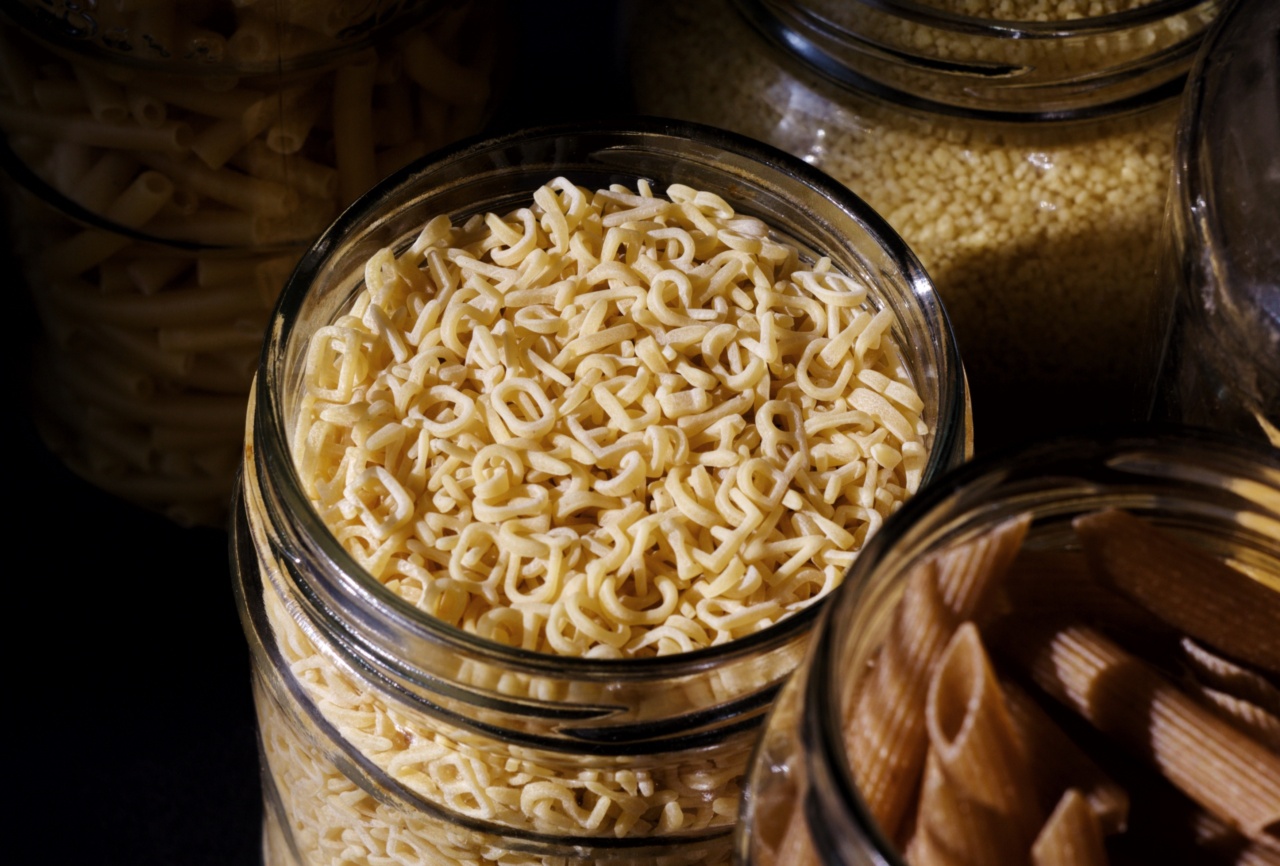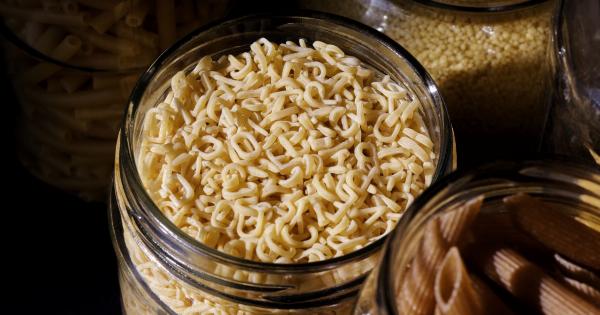Whole grain pasta has gained popularity in recent years as a healthier alternative to traditional refined grain pasta. With claims of numerous health benefits, it has sparked interest among health-conscious individuals.
However, along with its growing popularity, several myths have also emerged. This article aims to explore the benefits and debunk the myths surrounding whole grain pasta.
What is Whole Grain Pasta?
Whole grain pasta is made from flour that contains the entire grain, including the bran, germ, and endosperm. This differs from refined grain pasta, where the bran and germ are removed during processing, leaving only the starchy endosperm.
The inclusion of the whole grain in the production of whole grain pasta provides additional nutritional benefits.
Benefits of Whole Grain Pasta
1. Increased Fiber Content:.
Whole grain pasta contains significantly more fiber compared to its refined grain counterpart. Fiber is essential for maintaining a healthy digestive system, preventing constipation, and promoting satiety.
2. Lower Glycemic Index:.
The glycemic index (GI) measures how quickly a particular food raises blood sugar levels. Whole grain pasta typically has a lower GI compared to refined grain pasta, which means it has a less significant impact on blood sugar levels.
This can be beneficial for individuals with diabetes or those looking to manage their blood sugar levels.
3. Higher Nutrient Content:.
Whole grain pasta is a rich source of nutrients such as vitamins, minerals, and antioxidants. These nutrients play essential roles in maintaining overall health, boosting the immune system, and protecting against chronic diseases.
4. Weight Management:.
Due to its high fiber content and relatively low calorie density, whole grain pasta can be a useful addition to a weight management plan. It helps in providing a feeling of fullness and reducing overall calorie intake.
5. Heart Health:.
The consumption of whole grain foods, including whole grain pasta, has been associated with a reduced risk of heart disease.
This is attributed to the high fiber and nutrient content, which may help lower cholesterol levels, maintain healthy blood pressure, and reduce inflammation.
Debunking Myths about Whole Grain Pasta
Myth 1: Whole Grain Pasta Tastes Inferior
Contrary to popular belief, whole grain pasta does not have an inferior taste compared to refined grain pasta. With advancements in production techniques, whole grain pasta now closely resembles the taste and texture of traditional pasta.
The difference in taste is minimal and often goes unnoticed.
Myth 2: Whole Grain Pasta is Difficult to Cook
Some individuals believe that whole grain pasta requires longer cooking time and is more challenging to prepare. However, modern whole grain pasta varieties have become significantly easier to cook.
With slight adjustments to the cooking time and water volume, whole grain pasta can be cooked to a perfect al dente texture, just like its refined grain counterpart.
Myth 3: Whole Grain Pasta is Expensive
Another common misconception is that whole grain pasta is expensive compared to refined grain pasta. While it might have a slightly higher price tag, the cost difference is generally minimal and well worth the additional nutritional benefits.
Myth 4: Whole Grain Pasta is Not Versatile
Some people believe that whole grain pasta is not as versatile as refined grain pasta when it comes to cooking various dishes.
On the contrary, whole grain pasta can be used in a wide range of recipes, from traditional Italian dishes to Asian-inspired stir-fries. It adapts well to different flavors and textures.
Conclusion
Whole grain pasta offers numerous health benefits, including increased fiber content, lower glycemic index, higher nutrient content, weight management support, and heart health advantages.
It is a delicious and versatile alternative to refined grain pasta, dispelling myths about its taste, cooking difficulties, cost, and versatility. By incorporating whole grain pasta into your diet, you can enjoy its nutritional benefits while still indulging in your favorite pasta dishes.






























